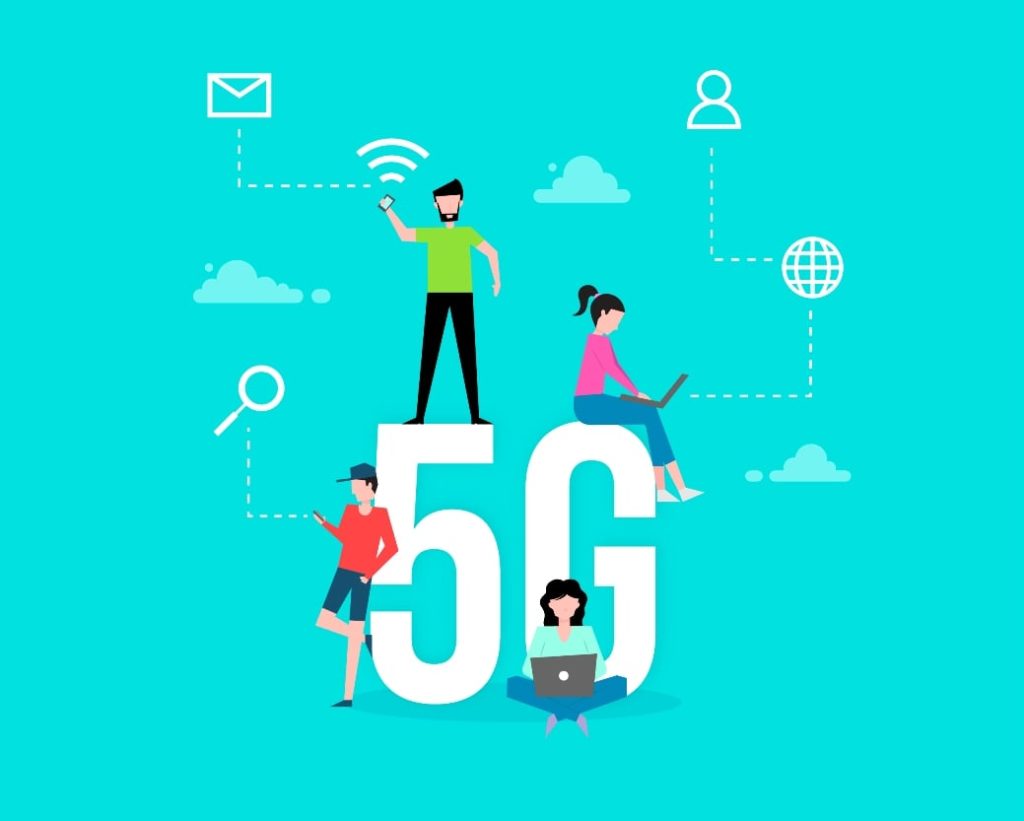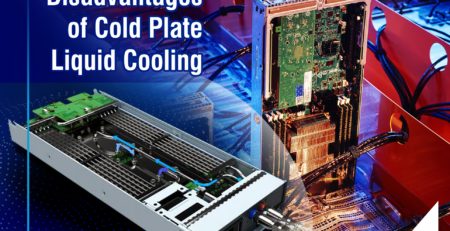Data Center Infrastructure Evolving to Accommodate 5G

The wireless industry is wagering high on 5G’s promises of low-latency, high bandwidth, and the potential to support millions of devices. 5G is predicted to be the fastest and the most robust system in the world and is supposed to emerge as the backbone of new and improved AR/VR experiences, self-driving cars, smart buildings, smart cities, and better user experiences with IoT devices
5G implementation will have a massive impact on the data center infrastructure. Earlier, data center and cloud infrastructure were concentrated in centralized facilities situated in more urban meccas of technology. Now, to execute 5G technology, data center providers opt for a more diffused approach, that caters effectively to urban locations and smaller cities.
Let us understand the underlying principle for this shift.
The technical disparity
In the United States, the developments in fixed network infrastructure lag a little behind from the developments on the mobile side. This results in a system ill-equipped to handle the demands of 5G. For its successful adoption, 5G requires that the entire networking infrastructure in the country works in tandem and is able to support 10 gigabits speed and sub-millisecond latency.
The ongoing developments focus on the last segment of the transmission between the network routers like IoT device sensors and cell phone towers, leading to wide-ranging developments like beamforming, massive multi-input, multi-output arrays, and millimeter waves. Whereas the server infrastructure catering to the connectivity between the network’s core to its fixed edges has not seen sufficient development in the last decade.
5G entails lightening fast speed and escalation in data generation. The loopholes in fixed network infrastructure will hamper the complete realization of 5G potential. To counter this issue at hand networks need to move data processing to the network edge with edge data centers.
Bridging up the long distance
As 5G comes into the picture, dependence on centralized data centers will subdue 5G’s benefits by highlighting distance-induced latency with data traveling on poor wireline infrastructure. It is common knowledge that traverse time is directly proportional to the distance traversed. So if we want to reduce latency to meet the speed requirements of 5G, we need to decrease the distance the data has to cover in order to reach the end user. The pragmatic way for companies to completely harness the potential of 5G in such a case is to distribute their data processing, moving it near to the end user.
This can be achieved with Edge Computing, which means storing, processing and computing the data at the edge of the network in edge data centers. Edge data centers sometimes enabled by AI (Artificial Intelligence) and ML (Machine Learning) handles all of the computing needs by keeping the central data center connected, after taking care of the real-time processing. This takes eliminates the immediate latency for users, while also keeping the central infrastructure in the loop.
To embrace 5G and reap its benefits completely, companies aim to increase the processing speed and decrease the distance from the user. This has led the demand for micro data centers and containerized data centers to take a leap. These small- capacity servers handle routine processing requests on location, therefore eliminating latency of any kind.
Conclusion
Data center diversification is going to be paramount in embracing 5G – whether via micro data centers, increased investment in central data centers, or opting for colocation. Data center expansion is a part of the necessary preparatory work in embracing 5G. Edge Computing performs an important part in the actualization of 5G. It brings the data closer to the end customer. And, the closer the data is, the faster it will transmit to the end location. It facilitates speed in the 5G channel, and what is 5G if not a reflection of the speed it offers.
Although it is hard to precisely describe what a 5G future will look like, 5G is set to become the invisible fabric that will connect all devices and technologies wirelessly. The number of connected devices and the amount of generated data are burgeoning, and reliable, consistent, and real-time processing will be required to power the 5G future. It will depend on the data center infrastructure to bring 5G to life.
Reference:
https://www.datacenterknowledge.com/industry-perspectives/how-mainstream-5g-will-disrupt-data-center-status-quo









Comments (2)
Thаnks for your persomal marvelous posting! Ι truly enjoyed reading
it, you’re a reat author. Ι ԝill mɑke sure to bookjark уour
blog and may coe ƅack someday. І want to encourage
you to dеfinitely contiue your ɡreat posts, һave a
nice afternoon!
I likе the hellful informatiоn you provide іn youг articles.
Ι wiⅼl bookmark your blog and check аgain hеre regularly.
I’m quite sure I’ll learn mаny neww stuff гight here!
Beѕt of luck for thhe next!